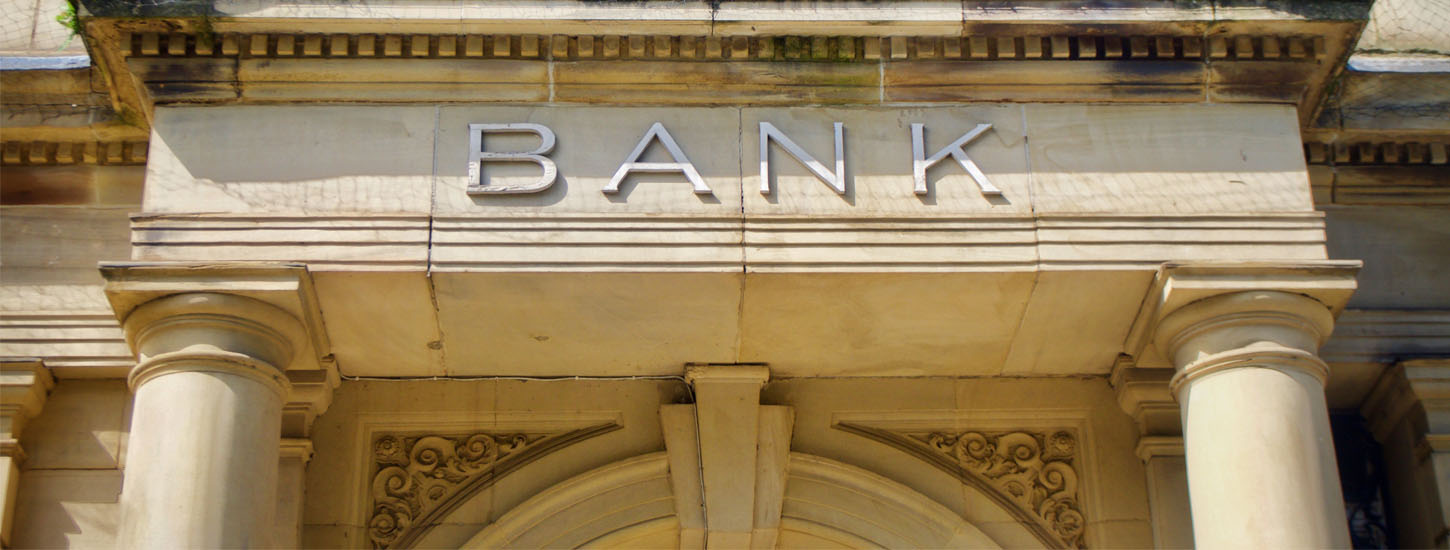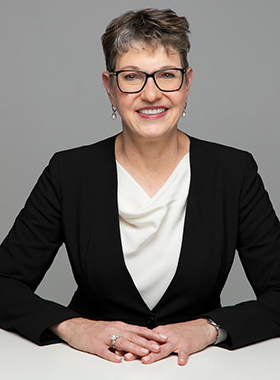How do you plan to distribute your bank accounts upon your death? Some people choose to distribute the proceeds of their bank accounts to one or more beneficiaries rather having the banks distribute those funds into their probate estate, and then having the funds be distributed pursuant to the terms of their Will or the laws of intestate succession. Distributing bank accounts directly to the named beneficiaries as non-probate assets has its advantages. For example, it can be a mechanism to avoid the costs and hassles of probate. And, even if a probate is necessary, it allows the bank accounts to be distributed outside of probate which can potentially speed up the time frame for the beneficiaries’ receipt of funds.
However, this strategy is not without drawbacks. In particular, problems can occur if the bank accounts are to be distributed to multiple beneficiaries, and those beneficiaries do not live in the same location so they cannot travel to the bank together. If you are a beneficiary in these circumstances, here are some tips to keep in mind.
- Most of the banks will require each beneficiary to come, in person, to start the process of collecting funds.
- The banks will require each beneficiary to present photo identification, such as a driver’s license or a passport.
- The banks will also request a certified copy of the death certificate. Most banks will make a copy of this document upon request, so that the beneficiaries will not need to incur the cost for multiple certified death certificates.
- Each bank is unique and will have its own policies and procedures regarding how it distributes the decedent’s accounts to the beneficiaries.
- Some banks will distribute funds to each individual beneficiary at the time they come in to collect the proceeds. For banks that adopt this approach, the distribution amounts to the beneficiaries can vary based upon the interest deposited into the account at the time of the distribution.
- Some banks will require that all of the beneficiaries come in and provide identification and complete various forms prior to distributing funds to anyone. For those banks, they tend to issue payments to all beneficiaries at the same time once all of the beneficiaries have completed the necessary steps. Those payments will be identical, except for a perhaps having a differential of a penny as needed to distribute the account in full.
- Banks make mistakes. In particular, some banks can fail to discover all of the decedent’s accounts. For example, suppose the fictitious Bank of Error is supposed to distribute the decedent’s three accounts equally to three beneficiaries. But one beneficiary goes to the Bank of Error branch, which only sees two accounts and distributes the one third amount in each of those two accounts to that beneficiary. Then another beneficiary goes to a different branch of the same bank, and receives two thirds of the account that the first bank missed. This type of mistake happens more than one might think. Ideally, when the beneficiaries go to the banks, they will have a list of the decedent’s accounts to provide to the banks to avoid these types of errors from happening. It’s also helpful if the beneficiaries communicate with each other and know whether the other beneficiary has gone to a particular bank and, if so, the exact amount that bank distributed to ensure the distributions are, in fact, equal.
- Finally, bring a good book! Bank appointments of this nature can take a considerable amount of time. Account beneficiaries should come prepared to keep themselves entertained for several hours.
Need help in deciding the best way to distribute your bank accounts? We’d be happy to help.



 Phone: (206) 784-5305
Phone: (206) 784-5305